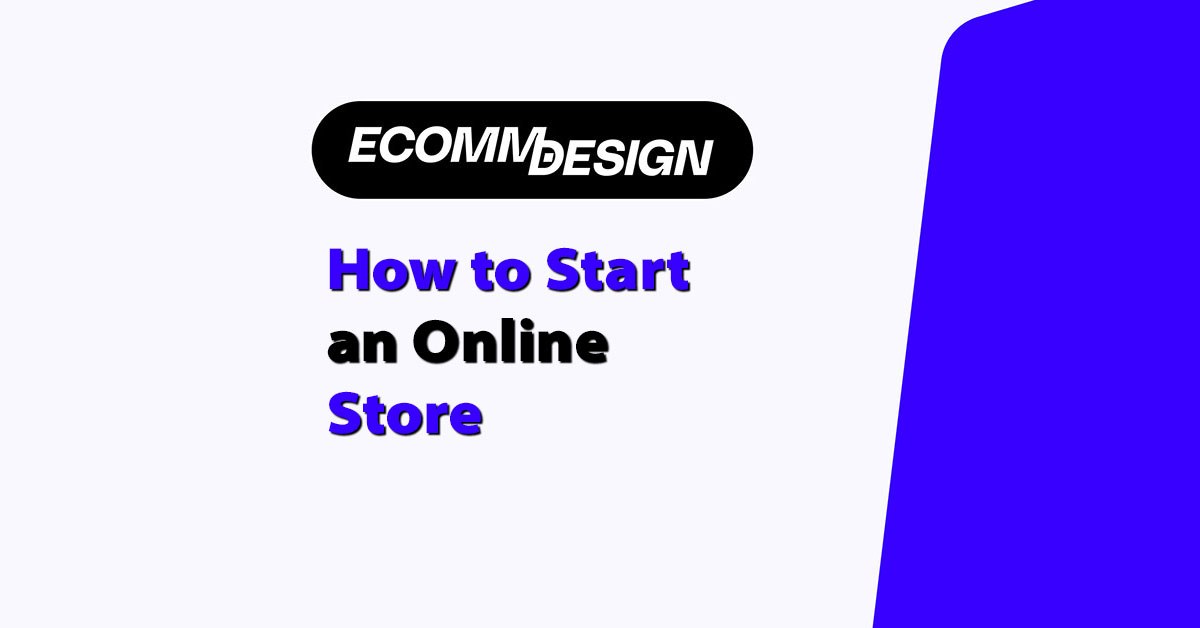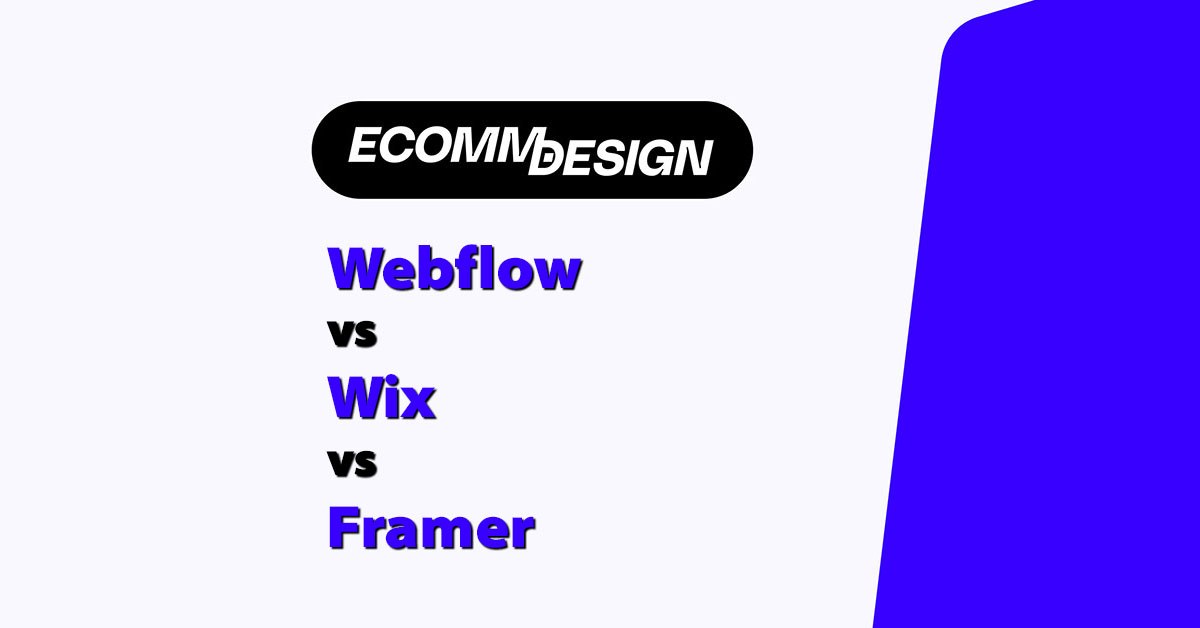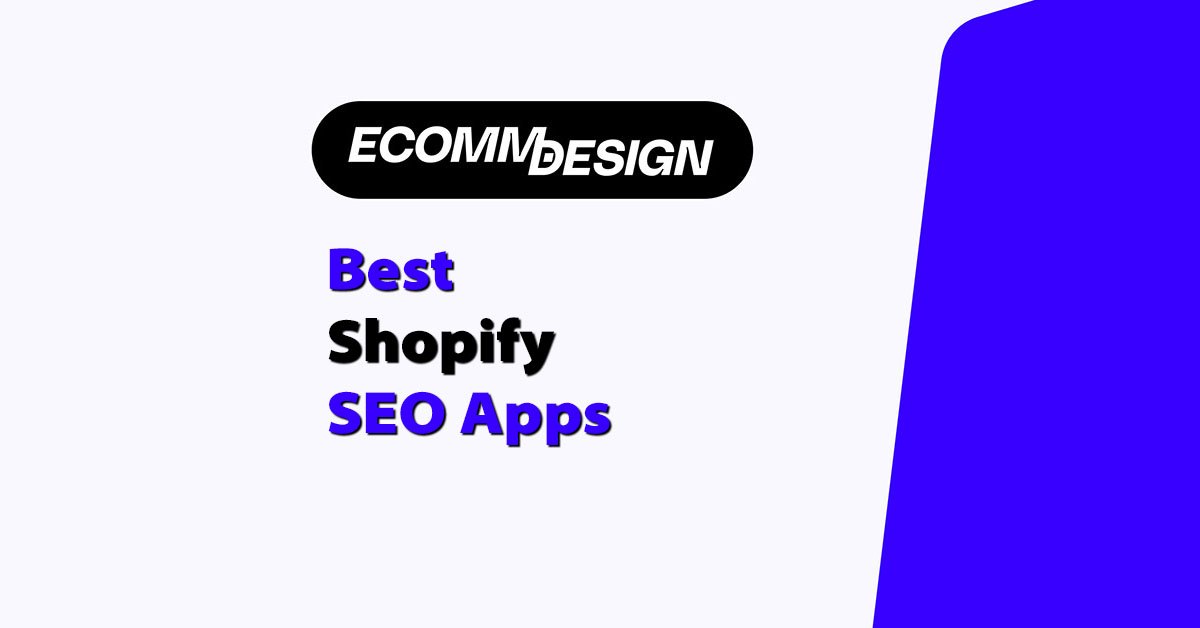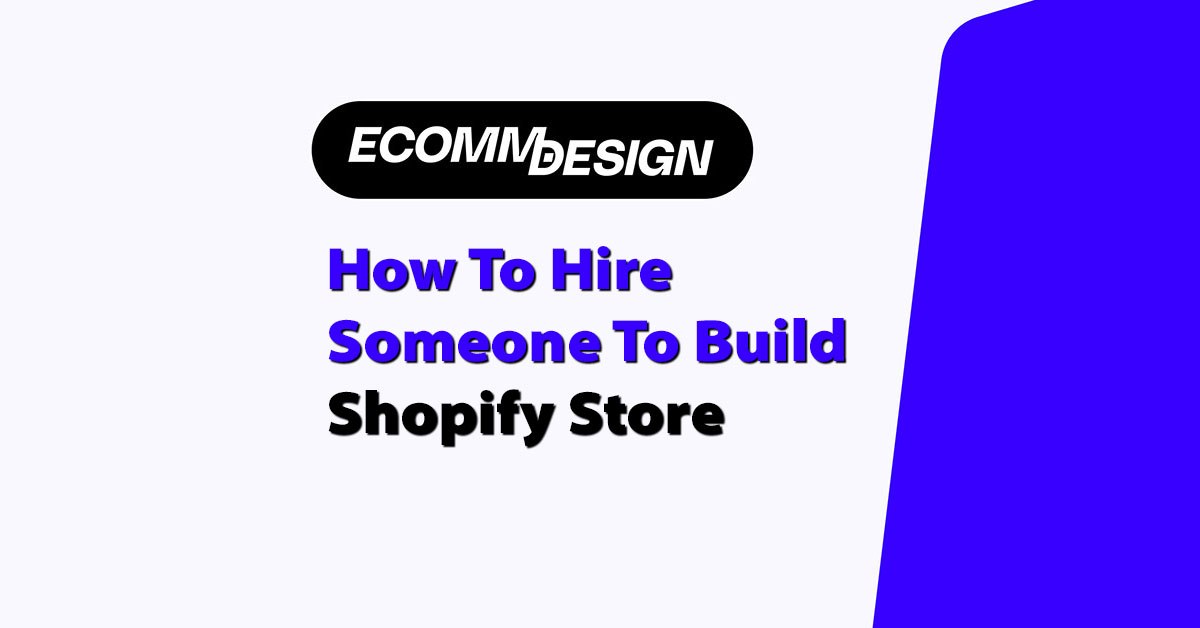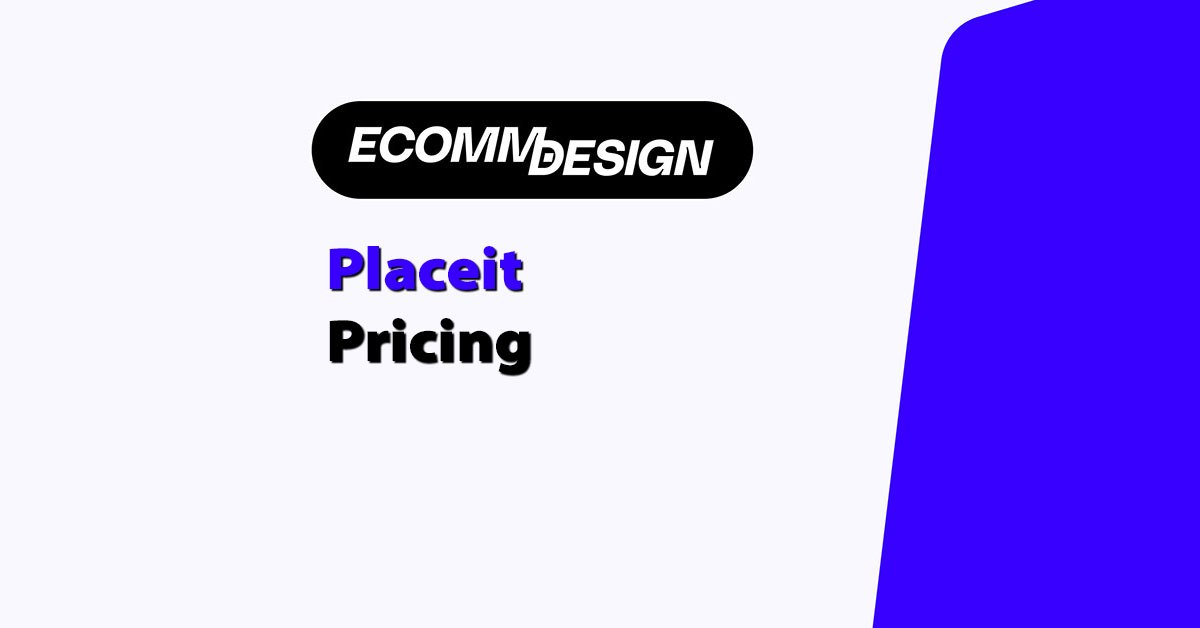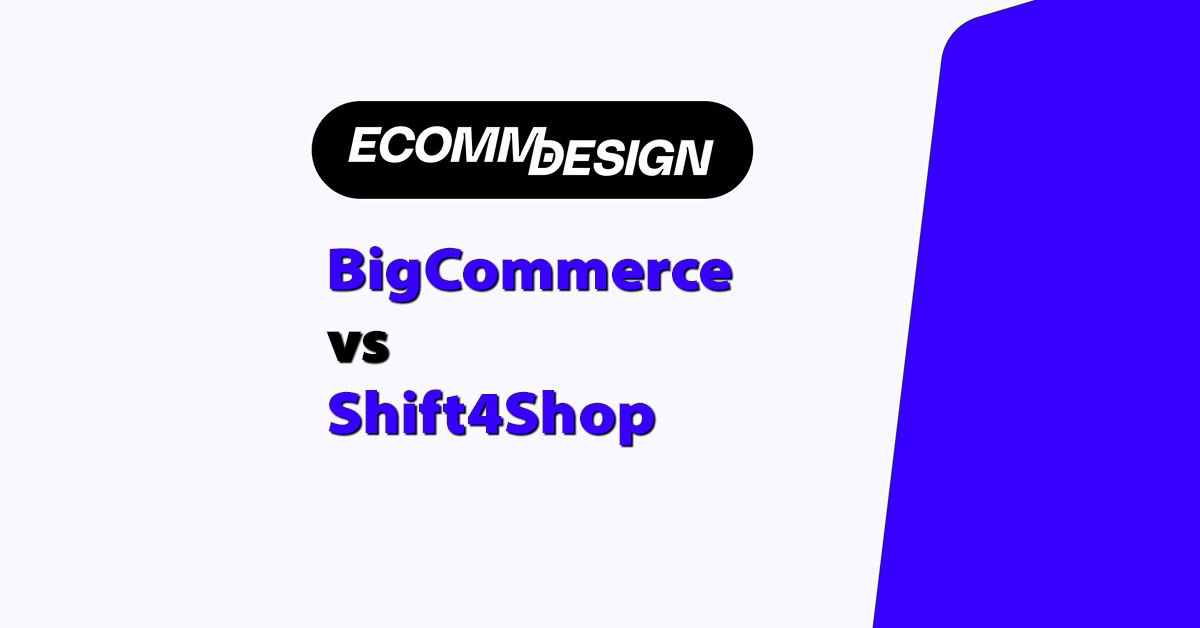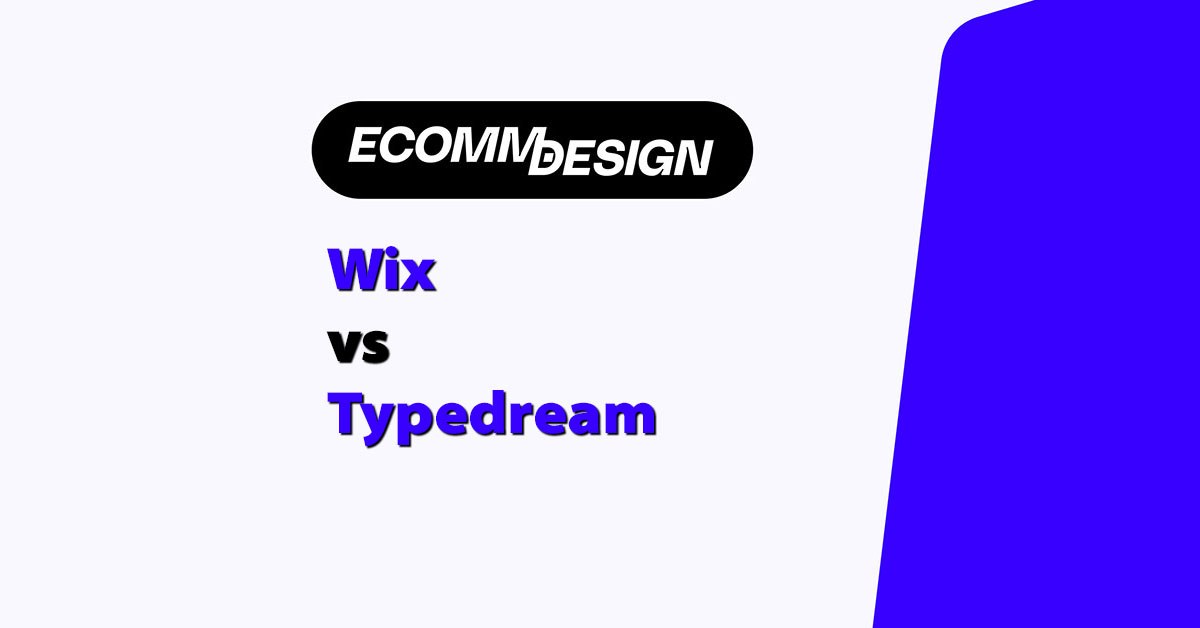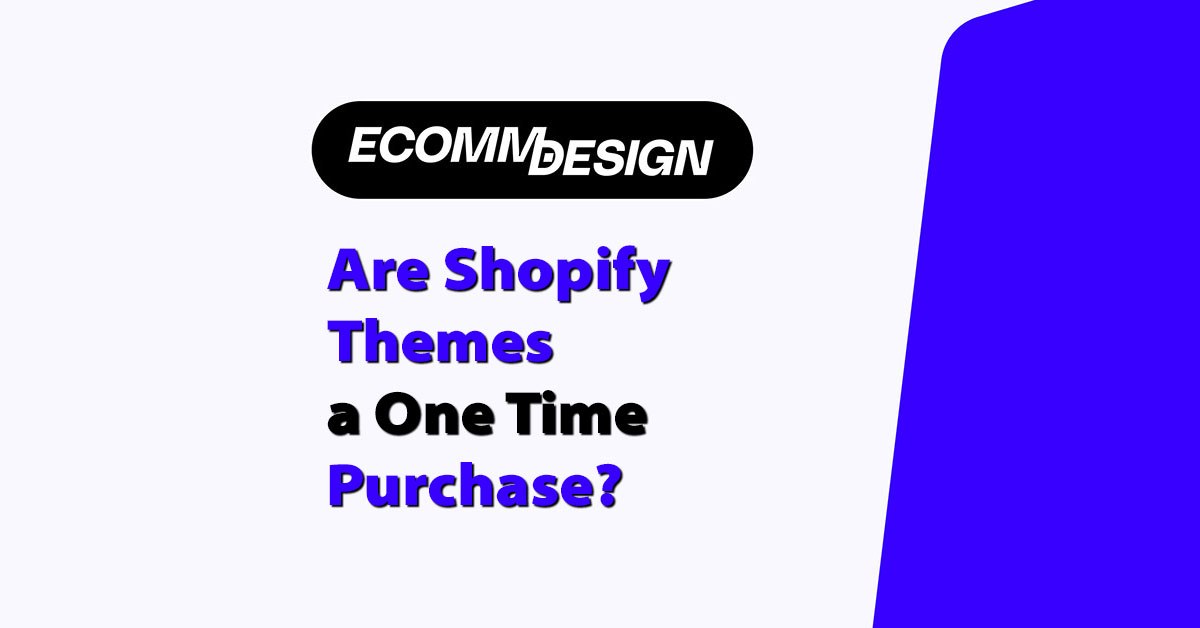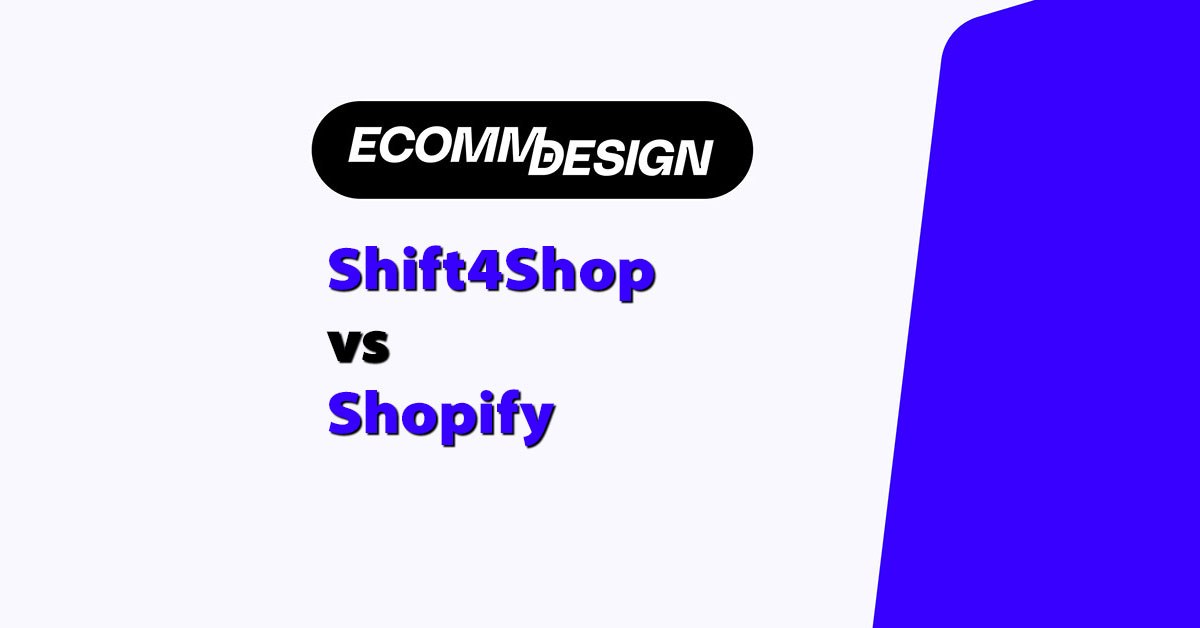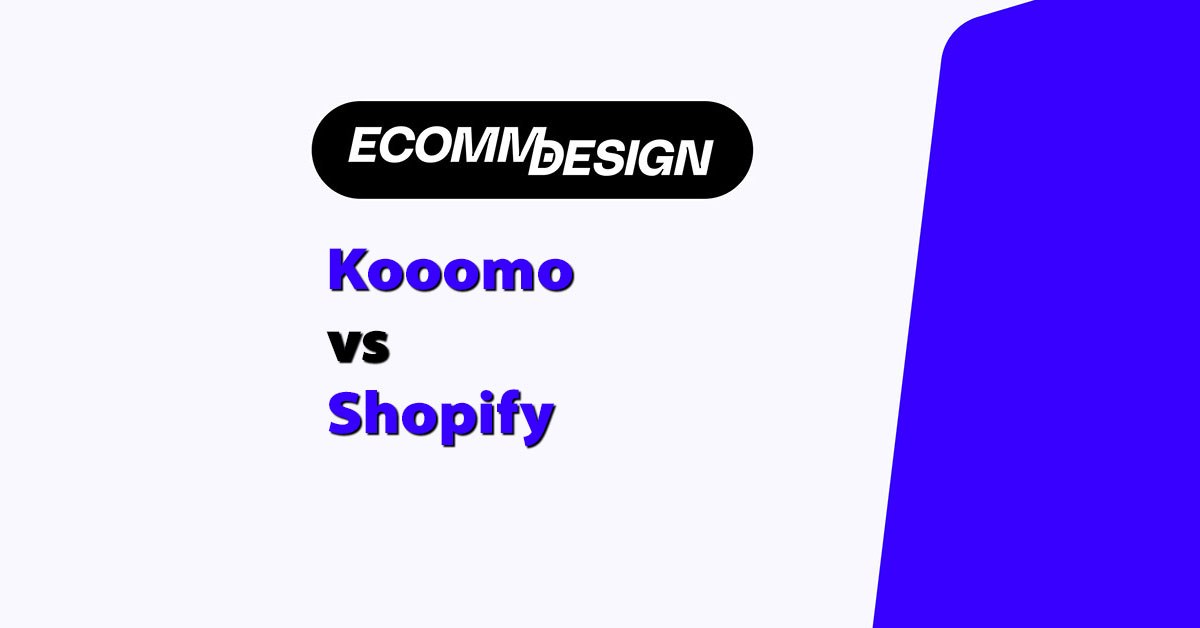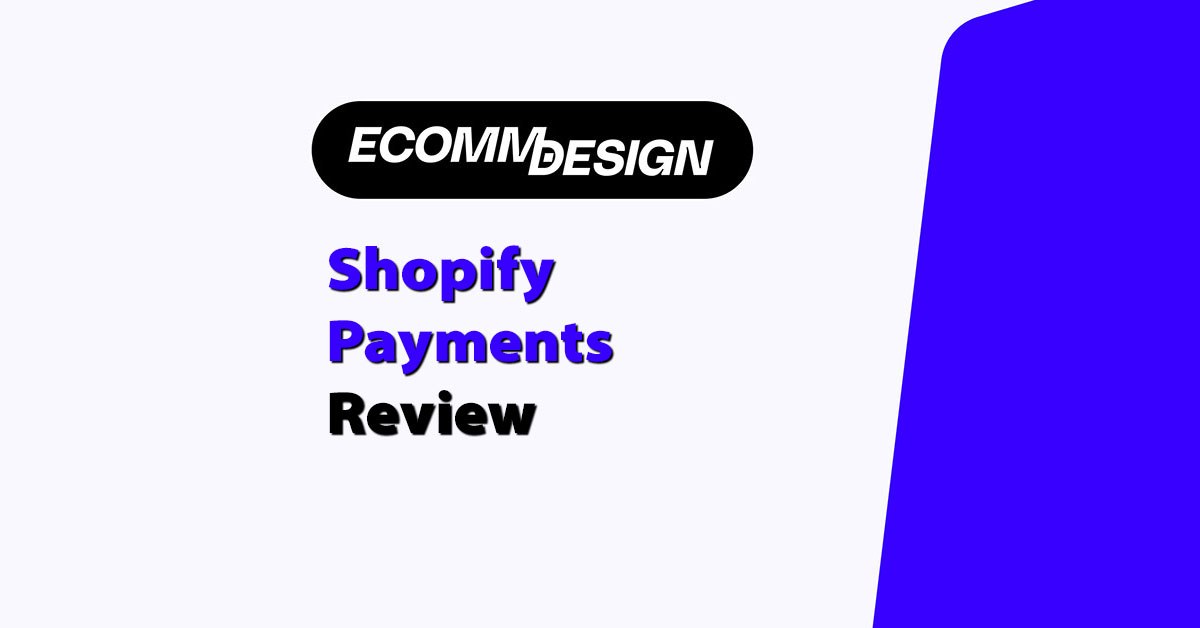
If you’re running a Shopify store, using Shopify Payments is a no-brainer – as long as you’re in a supported country.
It cuts out third-party fees, simplifies payouts, and ties directly into your dashboard.
After over a decade in ecommerce, and having worked with stores of all sizes, I can confidently say Shopify Payments has made life easier for most of the brands I work with.
But it’s not perfect. There are limits, especially for international sellers or those in high-risk industries.
Below, I’ll walk you through everything you need to know – from setup to fees to how it stacks up against Stripe and PayPal.
